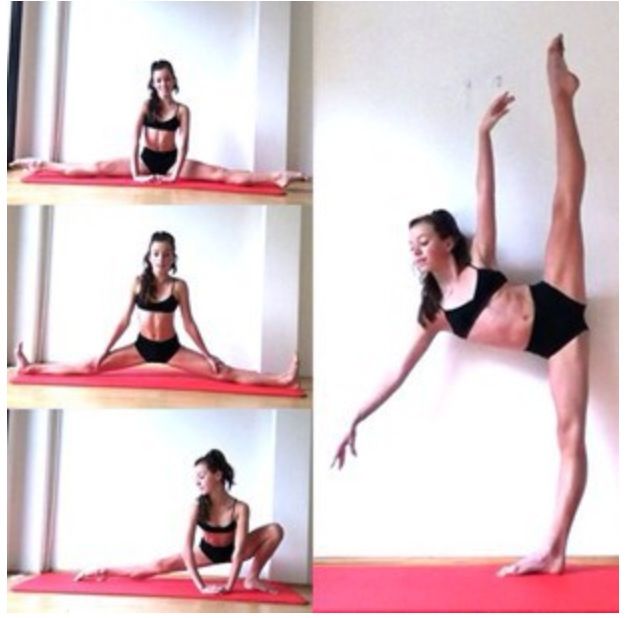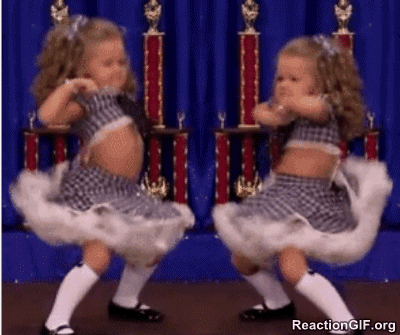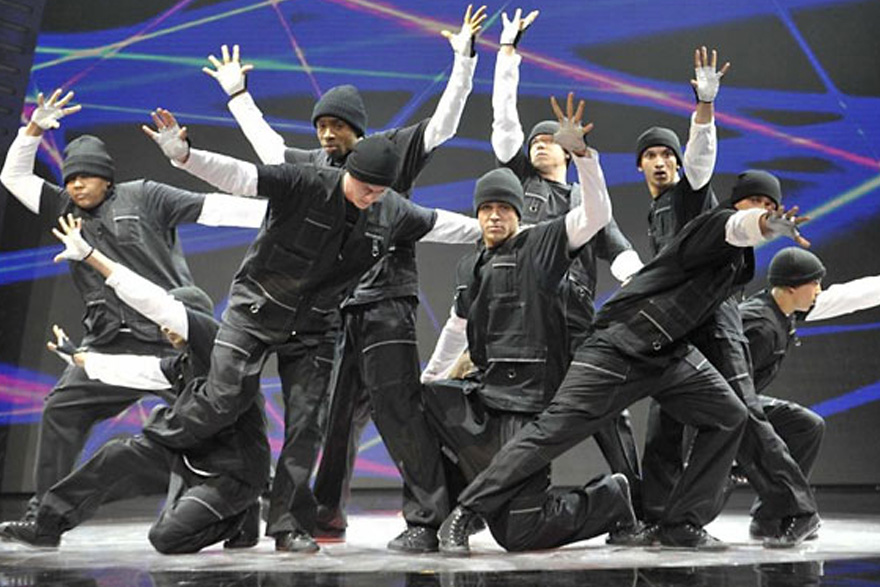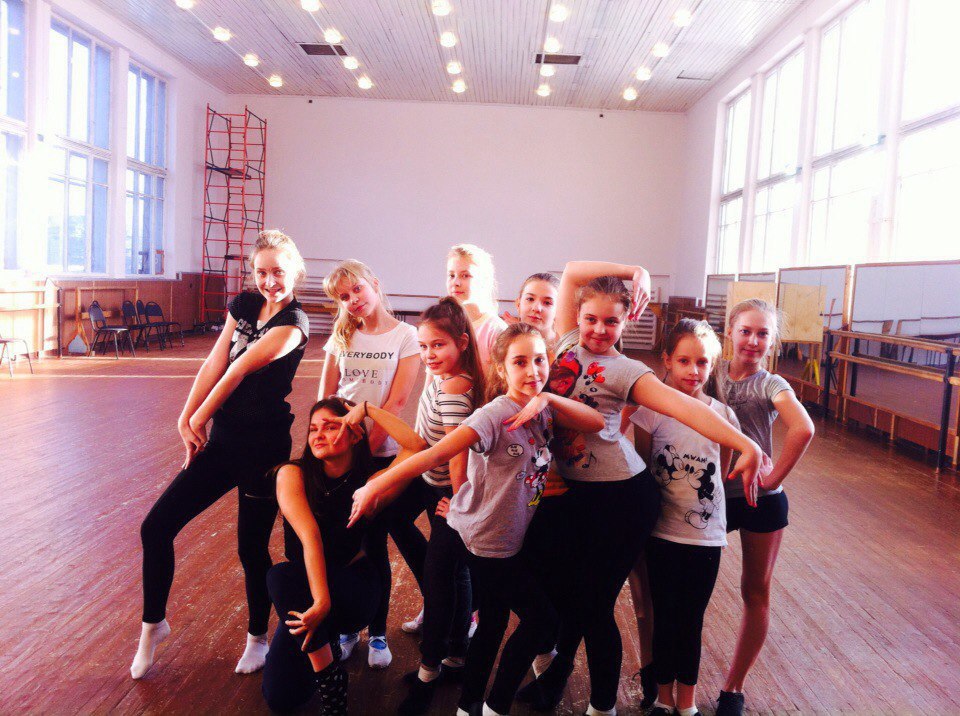How to get a tilt in dance
Tips and Tricks for Dance - ~How to Improve Your Tilts/Developès~
Tips and Tricks for Dance
Non-Fiction
Assorted tips for dancers of all levels. This book will include tips on Flexibility, turns, aerials, and much more.
#advice #ballet #contemporary #dance #hiphop #jazz #lyrical #tips #tricks
by starlitdesire
Hi everyone, it's Emmy! (Obviously)
Today's tip is all about tilts/developès.
![]()
• Having a good turnout can help in getting a 180 degree angle in you tilts/Developès. To improve your turnout, sit in frog (lay on your stomach then bend your legs up like they would be in a pliè or in butterfly, trying to get your hips, knees and feet pressed to the floor.)
• Your middle split also helps with having your tilt/Developè flat. Work on your middle split until it's flat, then add a yoga block, book or put your foot on a step to stretch your over split. This will make having your leg at the 180 degree angle easier. You could also try a wall split. Sit facing the wall in straddle, then push yourself up to the wall, you will eventually get your straddle flat, therefore making tilts/Developès easier.
*REMEMBER: Make sure you are always turning out from your hips, as turning out from the knees or feet can result in injuries.
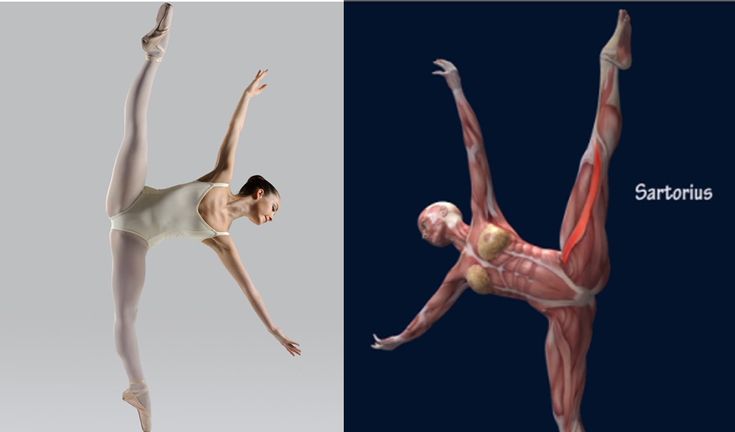
• To get your tilts/developès higher, sit in straddle and lean over to either side, tucking your arm in front of your leg. You can also prop your leg up on a yoga block/book/step for a deeper stretch, eventually leading to an over split in your tilt.
• SQUEEZE THAT TUSH! This may sound weird, but it does help with getting your leg higher. My dance teacher told me to do this in my tilts/Developès and they improved instantly. Remember to use your abs too.
• Remember that where you raise your knee to before you Developè your leg in the tilt is where your leg is going to end up, so if you raise your knee to the corner, it is going to go to the corner, but if you raise your knee to your side, at a 180 degree angle, your leg is going to Developè there.
• And as always, NEVER GIVE UP! It took me a year to get an over split in my tilt and to get it at a (nearly) 180 degree angle, and I had two stretch classes a week and I worked on it myself at home, it all depends on you putting in the effort to work on things by yourself and not just in dance class.

THANKS FOR READING AND HAPPY EASTER!! 🐰🍫
Xx Emmy xX
~~~~
QOTC: What is your favourite trick to do in dances?
AOTC: Not really a trick, but I love to do a la secondes (spelling?) and turns.
Remember to leave tip requests or any advice that I can include in chapters/do a chapter about.
You'll also like
Home | Tilt Dance Company
Technique. Innovation. Leadership. Team
Innovation. Leadership. Team
OUR STORY
At TDC we promise to provide our dancers and their families with a positive dance experience.
Come learn with the best at Tilt Dance Company. We teach dancing at all levels. Whether your focus is technique, flexibility or you’re just looking for a new, positive experience for your child. You can find it here. Explore our site for more information, and feel free to reach out with questions.
CLASSES WE OFFER
At TDC we believe dance is a discipline that is only achieved with hard work, dedication and joy.
We provide our students with a joyful dance experience through quality education, training and provide an atmosphere that will allow each student to grow and develop the TILT values.
Twirlz & Toez
Program for 18 months to 5 years of age
This program sets a foundation for technique, but also is a joyful class we can introduce the dancers to the world of dance.
In this program there are 3 levels that explore creative movement and setting the foundation for locomotive skills. The dancers learn things like skip, hop, march, to walk on their tip toes etc.
These skills evolve into gallop and chasse etc.
All of this sets the groundwork to move into basic ballet positions.
The dancers are also learning basic stretches, how to make shapes with their bodies and helps improve their balance and coordination.
By level 2 they are rotating through tap. They learn basic tap moves that help them expand upon the balance and coordination they have learned in T&T1. Tap also helps them start to embrace rhythm and patterns.
This class also helps the dancers learn teamwork, cooperation and impulse control.
Level 3 puts into repetitive practice everything that was learned Levels 1-2. The dancers start to move more around the classroom exploring formations of dance while continuing to learn more ballet positions and skills.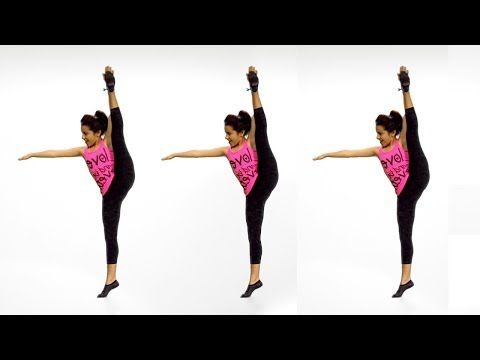
Also they continue to explore tap moves that help them grow and develop the dynamic style. Tap will continue to support the dancers learning rhythm, tempo and musicality.
Recreational Dance
Students are any age 4-19 and are welcome at all ability levels
Everyone loves the opportunity to explore new dance moves taught in a variety of classes. Our amazing Innovators make sure everyone gets individual attention while keeping the classes collaborative. At Tilt we do not separate our recreational dancers from our competition dancers. At TDC we believe dance is a discipline that is only achieved with hard work, dedication and joy. Our professional faculty provides quality dance training while making every effort to keep the playing field level. We place dancers into appropriate classes to suit their unique abilities, resulting in ALL TDC dancers being held to high standards of dance training.
The TDC Dance Education program sets a foundation for technique, but also is a creative and positive program where we can introduce the dancers to the world of dance.
Competitive Dance
Get Up & Move
The more serious dance students that possess the desire to be more, to dance and learn more and to be responsible and enjoy this opportunity. This is not just an effort for your child... This is a collective effort; it will require effort from TDC Staff/Faculty, parental involvement, the dancer and the entire pre-professional team. These dancers attend class 4+ hours per week and attend a minimum of 3 competitions per season.
MEET THE INNOVATORS
SHELBY MCCLURE
OWNER &
ARTISTIC DIRECTOR
LACY
LEAD CREATIVE INNOVATOR
JESSICA
INNOVATOR
KATY
INNOVATOR
GET IN TOUCH
160 N Morgan Rd, Mustang, OK 73064, USA
(405) 897-2213
how to put out your burning fart and start learning from your mistakes? — Life on DTF
25 778 views
Tilt is a state of psychological anger: defeat due to failure is perceived as an injustice, which forces the player to use aggressive strategies for the sake of revenge (in order to achieve justice), which ultimately ends in self-disappointment and concentration on lost resources”, scientists say.
Hello everyone! My name is Vanya, I am 32 years old and I do cognitive-behavioral psychology (coaching). This is my first post on DTF, I hope it will resonate with you. For my part, I will be glad to any feedback.
What do I know about games? One day I decided to sit down and count the amount of time I spent in them. The counter has exceeded 10,000 hours only in those games where statistics were kept. 4000+ hours in DotA, about 200 days /played in WoW, 2000+ hours in L4D and L4D 2, 600+ hours in CoD: MW2, 430 hours in Day of Defeat and so on. It's funny that I have less than 100 hours in CS:GO on steam, but I'm afraid to even count how much time I spent in the good old 1.6. This is not a complete list of games I have played on PC. In addition to the computer, I had a dandy, PS 1 and PS 3. Oh yes, for about 2 more years I played Ikariam - a browser strategy similar to Travian.
In total, I decided for myself that in general I played about 15,000 hours in certain games, but there is a feeling that this counter has long exceeded 20,000.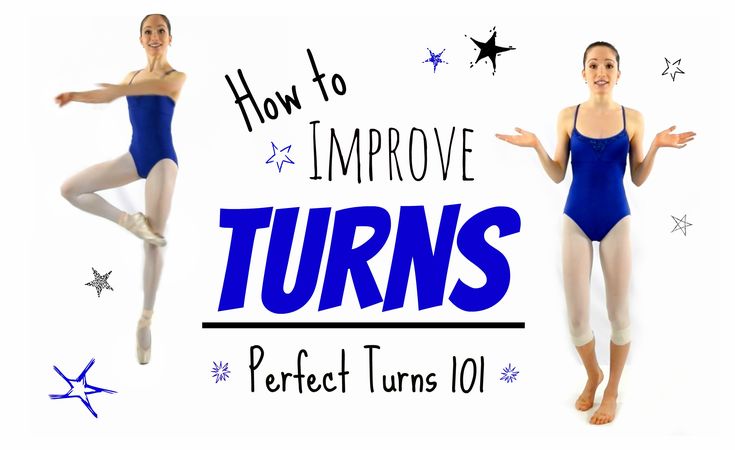 Now that I have a wife, a child, a cool job, friends and life outside the Internet, I began to devote much less time to games. But with all this, I still spend about 10-15 hours a month on my favorite entertainment - I play Hearthstone. I call HS a game for retired gamers because it doesn't require finding a party, reacting a mongoose, typing a 100,500 key rotation in 0.01 seconds, and all the time in this world. But for all its simplicity, Hearthstone, like any other competitive game, has zero tolerance for tilt. And if before my training and starting to practice in the field of psychology, my average win rate in the rating mode was around 50%, today my trip to the "Legend" sometimes ends with an indicator of 80% of games won.
Now that I have a wife, a child, a cool job, friends and life outside the Internet, I began to devote much less time to games. But with all this, I still spend about 10-15 hours a month on my favorite entertainment - I play Hearthstone. I call HS a game for retired gamers because it doesn't require finding a party, reacting a mongoose, typing a 100,500 key rotation in 0.01 seconds, and all the time in this world. But for all its simplicity, Hearthstone, like any other competitive game, has zero tolerance for tilt. And if before my training and starting to practice in the field of psychology, my average win rate in the rating mode was around 50%, today my trip to the "Legend" sometimes ends with an indicator of 80% of games won.
The difference between 'then' and 'now' is not experience or practice (although they carry weight). The difference is that I finally stopped tilting and feeling negative emotions from losing. What do I know about tilt? A broken laptop, a dozen broken keyboards and mice, a couple of broken mobile phones, and even the chair I was sitting on can tell about this. But that's in the past. Now I'm not ashamed to talk about my experience, because as it turned out - I'm not alone. But not everyone has yet learned to convert their aggression into an opportunity to learn and become better.
But that's in the past. Now I'm not ashamed to talk about my experience, because as it turned out - I'm not alone. But not everyone has yet learned to convert their aggression into an opportunity to learn and become better.
The moment I learned to accept defeat, I learned to learn from defeat. No wonder every experienced player repeats the phrase "look for mistakes" over and over again and revises the replays of his lost games. This has its own sacred meaning. And if you, like me before, are firmly convinced that you make zero mistakes, and Tim, Gabin or twisting paired with crooked mechanics are to blame for each of your pockets, then you can safely close this article. But if you want to get better with every minute you spend playing your favorite game, I will show you the main points that you should pay attention to if you want to get rid of negative emotions, and at the same time improve your rating / game skill.
1. You can't defeat everyone.
As one coach, whose name I unfortunately don't remember, said: "All our matches are divided into 3 categories:
- 33% of games are those where we are obviously stronger than our opponent and should win.
- 33% of games - these are those where we are obviously weaker than our opponent and should lose.
- the remaining 34% of games are those where our opponent is equal to us in skill. The outcome of these games decides the direction in which we move on the ladder."
This distribution does not claim to be the ultimate truth, but on average it is - even the best lose from time to time, and the worst win from time to time. Therefore, it is enough to accept the fact that we will lose sooner or later anyway. Not because we played badly, not because the team was raki, not because everything was twisted. And because it is necessary. But how we react to defeat determines the outcome of the next games. By accepting defeat, I mean the absence of negativity towards the opponent, towards the game, towards the team, or towards oneself - it is the negativity that is the source of tilt. At the same time, no one forbids getting upset. Unlike negative aggression, the fact that we get upset over defeat motivates us to be better next time. When we are upset, we are not on tilt. We are on tilt when we are filled with negative emotions.
When we are upset, we are not on tilt. We are on tilt when we are filled with negative emotions.
How does it work? If the enemy turned out to be stronger and won, we have 2 options how to react:
1) get angry and call him all the indecent words of this world. In this case, we do not make any inputs, which means that the next time we meet the same opponent (or the same in strength), with a high degree of probability we will lose again.
2) recognize the fact that in this game the opponent was better due to his own actions. In this case, we can analyze what exactly our opponent did better and learn to do the same or even better than him. In this case, meeting the same opponent (or the same in strength) next time, we will have a higher chance of winning.
I'll mention it, but I won't describe it - in any case, when analyzing the game/watching the replay, you should pay attention to what we ourselves could have done differently. Perhaps we ourselves made a mistake somewhere.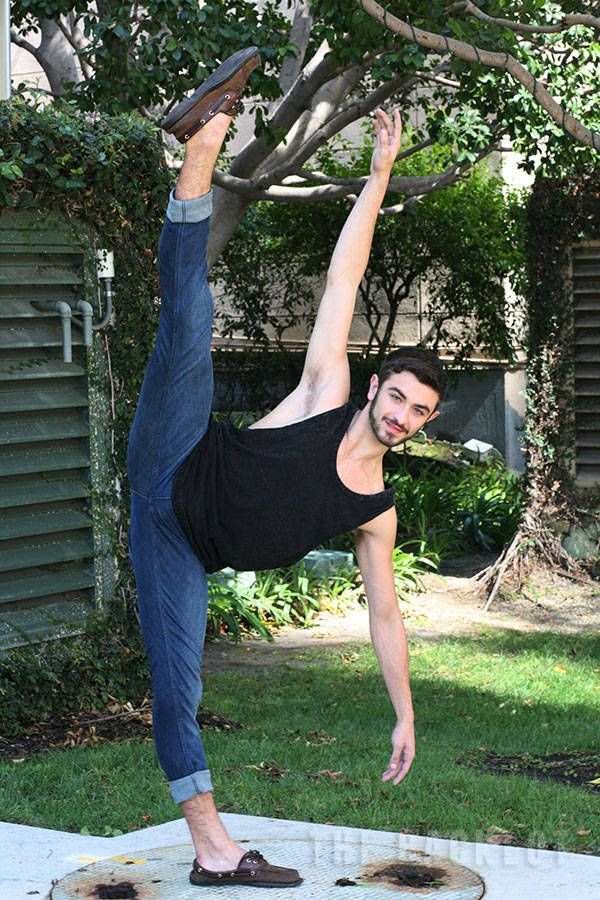 This is no reason to be angry with yourself. This is an occasion to take note of what happened and next time act according to the conclusions drawn.
This is no reason to be angry with yourself. This is an occasion to take note of what happened and next time act according to the conclusions drawn.
2) Everyone wants to win. Those who do the most to win win.
There is a very simple rule of life: "Everything that does not bring us closer to the goal - moves us away from it." Therefore, if some of our actions in the game do not contribute to victory, they contribute to defeat. Yes, people are not robots and cannot do everything perfectly. It's just not possible - sooner or later we'll make a mistake anyway. However, sometimes we may not notice or understand what our actions systematically do NOT contribute to victory, but lead to tilt:
- Draw conclusions about the enemy. Underestimation or overestimation of the enemy most often leads to defeat. Instead, it will be more effective to focus on the game situation and the "materiel" of the game itself. If thoughts about the opponent get into our heads, this is a clear sign of tilt and that we are less focused on the game and on our actions.
- Evaluate the game of your allies. Every second of tracking another player is a second when we are not in control of our character. At the same time, shifting responsibility for your inattention to another player is another sign of tilt.
- Shouting, swearing and nerves. In this state, we physically cannot adequately perceive reality, including what is happening in the game. More interestingly, negative emotions are contagious and can spread to our team members. Yes, tilt is contagious.
- Music, chat and other sources of stickiness. Anything that defocuses the game and/or evokes emotions distorts the perception of what is happening in the game. Lack of understanding of this fact when losing leads to the fact that we tend to ignore our mistakes and attribute them to others, which leads us even deeper into a state of tilt.
- Perceive one lost battle as the loss of the entire ice rink. Until the inscription "It's over, we lost" lights up on the screen, there is always the opportunity to compete. Every second spent thinking "it's already here" is the time during which we do not learn anything.
Every second spent thinking "it's already here" is the time during which we do not learn anything.
And much more. There is not a single esports player or just a cool player who has supernatural abilities in the form of a faster eye-to-brain ping or an odometer built into his hand. These are the same people as everyone else. They, too, make mistakes and are prone to tilt. The difference is only in the ratio of useful actions to useless ones and in the speed with which they learn from their mistakes.
3) The rules are the same for everyone.
Remember Lod[A] who was furious that the Na'vi used the fountain hook feature with Chen and Pudge? The fact remains that all the teams were on an equal footing until this feature was fixed. Life is what it is - everything else is our perception and reaction. Everything that is not forbidden is allowed. Reality doesn't care about the "honesty scores" in our head. A game where there is a winner and a loser does not take into account imaginary style points and self-sacrifice in the name of imaginary justice.
Last spring, Hearthstone introduced a new class of hero - Demon Hunter. All new players were given a full set of cards for this class on a free basis (for those who are not in the know - for a comfortable game, HS requires considerable cash injections or all the player's free time). The overall average win rate for this class in the first couple of months was around 65% (which is unacceptably high). The players were divided into those who took advantage of this opportunity and had a lot of fun playing for a new hero (for the first time in the existence of the game) and those who basically did not even try to play for him. At the same time, the latter were very angry at the former.
I think there are many such examples, but they all come down to a simple choice: we either accept the game as it is and use all its mechanics and aspects (high chances of winning), or play a stripped-down version that exists only in our head, depriving yourself of the opportunity to use more effective mechanics (low chances of winning). Moreover, by creating a deliberately hated image of the enemy in the form of those who do not follow our logic, we deprive ourselves of the opportunity to learn from those whose consciousness is more open to the new.
Moreover, by creating a deliberately hated image of the enemy in the form of those who do not follow our logic, we deprive ourselves of the opportunity to learn from those whose consciousness is more open to the new.
Tilt begins at the moment when we rest our forehead on an idea that we do not want to accept for some personal reason. At the same time, we tend to ignore the fact that other players do not do this and their results are often much better than ours. The phrase "why does this only happen on my team?" contains the only logically emerging answer - "because you yourself are in it" =)
4) What should you do if you notice signs of tilt, but you can't handle them on your own?
You don't have to explain to me how stupid sound words sound when I am a person on the deepest tilt. Purely for context - at some point I was ready to believe that the universe turned off the electricity on purpose in the whole area so that I could leak the rating rink.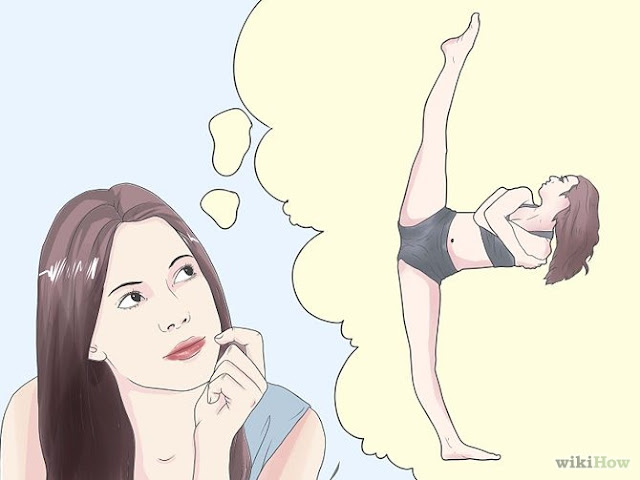 At the same time, I ignored the phrase "Vanya, you take a simple computer game too close to your heart." However, even I understood that I am not perfect and I have problems. The growing number of damaged things increased my suspicions..
At the same time, I ignored the phrase "Vanya, you take a simple computer game too close to your heart." However, even I understood that I am not perfect and I have problems. The growing number of damaged things increased my suspicions..
The main conclusion that I came to only after years:
"The problem is not in the game and not in our skills in this game." Here you can not search and not dig - there is nothing there. We learn to play just by playing. The longer we play, the better we play. You should not expect yourself to get into the top of the ladder if you have only a couple of months of experience in the game. Climbing to the top takes time, and in the normal state, our "advance schedule" should smoothly go up. But if you still want to be in the TOP and there have been no promotions for several months, then we are doing something wrong. If at the same time the degree of emotional intensity continues to increase, this is already evidence that it is time to take action.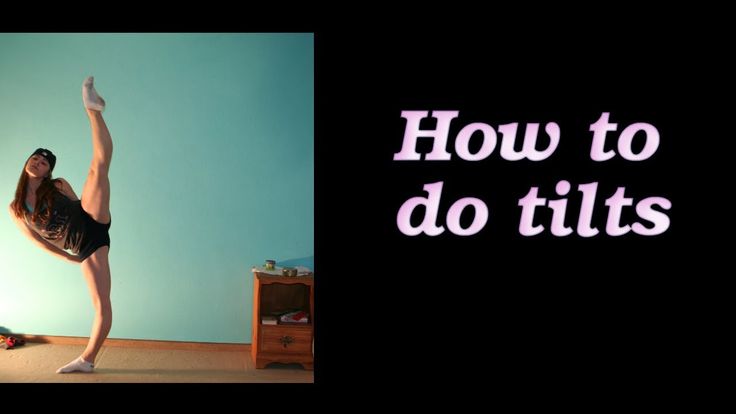
In my case, psychology and work with specialists helped. Looking back, I understand that I had all the time and opportunities in this world to, if not even perform at The International, then at least get on some rofloturik from the Starladder category. And the only one who is to blame for the fact that this did not happen is myself. On the other hand, at some point I realized that I did not need it. After all, reaching the ceiling in a particular game, I threw it away. So I loved achievements, not games. Now I play HS. My personal paradise for a retired gamer. I love this game even when I get 10+ game losers in a row - that's my price for my 60-80% win rate =)
Dancing with Moneymaker | GipsyTeam.Ru
Dance with Chris Moneymaker
It's interesting to see how PokerStars' representation in the World Series of Poker has grown. In 2002, we bought two seats in the $10,000 Main Event and competed for them in a series of qualifiers. In 2003, we spent a long time deciding whether to conduct satellites online. Leaving aside the details (a topic for a separate post), PokerStars was a small company at the time, and withdrawing enough cash from circulation to pay $10,000 for each qualifier could seriously affect its liquidity. But we did decide to give the satellites the green light, and it literally changed the history of poker.
Leaving aside the details (a topic for a separate post), PokerStars was a small company at the time, and withdrawing enough cash from circulation to pay $10,000 for each qualifier could seriously affect its liquidity. But we did decide to give the satellites the green light, and it literally changed the history of poker.
The World Series of Poker has been held at Binion's since the early 70's and is usually played at Benny's Bullpen, a large room on the second floor of the casino. Above the entrance to Benny's Bullpen was a large plaque with the names of all the participants in the tournament.
After the end of the online satellites, PokerStars allocated $370,000 to pay for the buy-ins of our 37 players, and George Fisher, who was in charge of poker at Binion's, wrote down the names of the satellite winners in a single block. I photographed the list of participants and found an amazing name on it - Chris Moneymaker. I distinctly remember thinking, "Well, well, Mr. Moneymaker, I hope you'll have to perform under your real name soon. "
"
Fast forward now to May 21, 2003. The main tournament of the WSOP in those years was five days - it began on Monday and ended on Friday before Memorial Day (the day of memory of fallen soldiers). By Wednesday, out of 839 participants, approximately 120 people remained in the game.
PokerStars representatives at the start made up only 6% of the field, but if my memory serves me right, at that moment there were only four of our players left. One of them, Olof Thorsen, was a big chip leader. Since there were not so many tables, I could follow each of them directly - my friend Nolan Dalla handed me a journalist's pass. I was lucky enough to watch one of the most important hands in the history of poker with my own eyes, which was also captured by ESPN cameras.
Tennessee amateur Chris Moneymaker played brightly, whose surprising name turned out to be real. Early in the day he landed on a deadly heavy table with Howard Lederer, Paul Darden and Kenna James, but managed to eliminate Johnny Chen, who was ruining his life with all his might. Chris was treated like a weak amateur, in large part because he had PokerStars stickers on his clothes and baseball cap (we demanded that of all satellite players).
Chris was treated like a weak amateur, in large part because he had PokerStars stickers on his clothes and baseball cap (we demanded that of all satellite players).
In this hand, Chris raised from early position with 8h 8d . Humberto Brenes, who was at that moment in the prime of life and glory, rearranged him on the button with Ah Ad . The rest of the players folded, Chris called, and the players saw the flop Kc 9d 2d .
Chris checked, Humberto bet. Chris clarified how much he had left and rearranged, effectively forcing his opponent to risk his entire stack. Humberto immediately put all-in. ESPN operators and WSOP managers surrounded the table.
Both players stood up. I was directly behind Chris and shook my head when I saw the cards - our player's chances of winning were in the region of 1 to 10. Losing left him in a desperate situation with a very short stack.
Tournament director Matt Savage signaled to the dealer to open the turn. Chris changed position and we simultaneously saw a beautiful 8 of clubs come on the turn! The river didn't change anything, Chris won the pot and knocked out the second poker star of the day and one of the most dangerous opponents at the table.
Chris threw his hand up, then hugged me. I haven't recovered from the shock yet. Chris danced a few steps with me, letting the cameras shoot the PokerStars logo on my vest (not on purpose, of course, but it came out just perfect). Here's the hand on ESPN.
So an obscure but fearless amateur got the opportunity to compete for a World Series bracelet. Had Chris not won that hand, there would have been no Moneymaker effect (which we'll talk about later). Poker would have flourished anyway, but in a different way...
ESPN's WSOP Main Event cuts began airing in mid-July, and traffic on PokerStars grew as poker room logos flashed across the frame. And when the PokerStars logo was clearly shown for a few seconds during Chris and I's dance, our servers nearly crashed.
Not only did Chris get his share of the glory, but so did I. A few weeks later, at the Los Angeles airport, a stranger stopped me and exclaimed: “You are the same person who danced with Chris!”
Yes, it was me. Thanks for the dance, Chris. But next time I will!
Thanks for the dance, Chris. But next time I will!
How Olof Thorson broke my heart
The main event of the 2003 World Series was tense from start to finish. I struggled through the WSOP satellites, and my career depended on the success of this venture.
PokerStars representatives made up about 5% of the field at the start of the tournament, and this number changed little over the course of each day. The situation improved somewhat when there were three tables left in the game - 27 people, and three of us played, and one of them - a strong player from Sweden Olof Thorsson - was a big chip leader. Also in the game were Chris Moneymaker and a British player whose name I unfortunately forgot. With blinds of 4,000-8,000, Olof had about 800,000 chips with an average stack of 310,000.
Dan Goldman I continued to shuttle between the three remaining tables thanks to a journalist pass I received as a friend, followed the action and took pictures from time to time. Then several people were eliminated, there were only two tables left, and only 16 participants. Olof Thorson was still in the lead. With an average stack of 520,000, he had 1,300,000. The blinds were 5,000-10,000, meaning the Swede had 130 blinds - a huge stack late in the tournament! With the very slow structure of the WSOP and the two-hour levels, this was a guaranteed pass to the final table.
Then several people were eliminated, there were only two tables left, and only 16 participants. Olof Thorson was still in the lead. With an average stack of 520,000, he had 1,300,000. The blinds were 5,000-10,000, meaning the Swede had 130 blinds - a huge stack late in the tournament! With the very slow structure of the WSOP and the two-hour levels, this was a guaranteed pass to the final table.
For those who don't play poker, the lion's share of the prize money is played on the final table (in 2003, the money of the finalists was 71% of the total prize pool). Getting to the final table of the main tournament of the series is very prestigious, out of tens of thousands of participants, about four hundred people managed to do it. If Thorson had left the tournament hall at that moment and never returned, he would definitely have reached the final table and finished 6th or 7th there.
Before I go on, I'd like to add that the 2003 WSOP Main Event, while a prestigious event, didn't come close to its peak. ESPN broadcasts were, as far as I remember, 10 hours, their volumes have grown dramatically only since 2004. To justify the decision to withdraw $370,000 from the company's turnover, it was necessary to get enough advertising time for our logos. We could not even dream that our player would win the main prize - of course, it was not the same as winning the lottery, but pretty close.
ESPN broadcasts were, as far as I remember, 10 hours, their volumes have grown dramatically only since 2004. To justify the decision to withdraw $370,000 from the company's turnover, it was necessary to get enough advertising time for our logos. We could not even dream that our player would win the main prize - of course, it was not the same as winning the lottery, but pretty close.
Of course, in no-limit hold'em tournaments, any player can be eliminated in one hand, but Olof was the chip leader, he could afford to lose one all-in! So I crossed the street and went to the Golden Gate Casino and got a $0.99 shrimp cocktail. It was already late in the evening, and I suddenly realized that all day I drank only coffee and ate nothing. The journey took three minutes, the order - two. After finishing my meal in five minutes, I returned to Binion's. All this took a maximum of 15 minutes.
As I approached the escalator, a Baltimore Sun reporter called out to me:
“Hey, what’s the story with your Thorson?”
I was in a hurry.
I don't know, I went out for dinner. When I left, he was the chip leader. Something happened?
The reporter was silent for a while, then said:
- It happened. He took off.
Some kind of madness. I took off up the escalator and saw Thorson with his head in his hands at the exit of Benny's Bullpen. Asking him about the details of the departure did not seem like a good idea to me.
Amir VahediI found Nolan Dalla and he told me the summary: Olof went all-in twice in a row, first against Amir Vahedi (with whom I played many $10 tournaments at Hollywood Park), then against Sammy Farhi (Chris's future opponent Moneymaker heads-up). After losing both hands, he was eliminated.
That's how it was. In the first hand Vahedi raised with Qd 8d , Olof raised with Ad Ks and got called. The flop came low cards with two diamonds. Olof made a bet and received an all-in response. He had absolutely nothing, but he decided that the opponent's hand was even weaker.